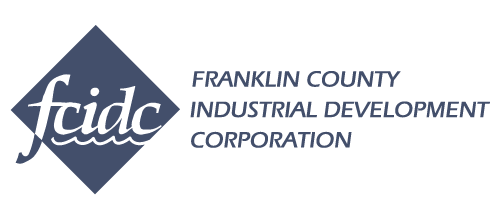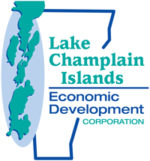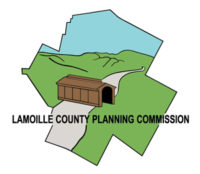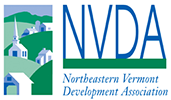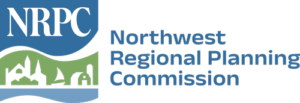What we do?
The District works to uncover and understand underlying regional economic and demographic trends impacting the region’s economy.
The District Board coordinates outreach to business and community leaders to reinvigorate the District, elicit participation from a wide range of regional constituents, and set out an economic development strategy with a goal of improving the regional economy. Public and private participation in this process helps to frame a strong economic foundation for the District. Regional organizations explore existing relationships with key employers in existing and emerging economic clusters, in order to develop the human and capital resources to examine and evaluate the regional assets and challenges in the economy. Out of this work a formal NVEDD CEDS was created to provide the District with an economic road map.
Working with businesses and communities across the District, the Board provides the planning and coordination function for the region.
The goal of this work is to identify emerging issues and opportunities region-wide. Strategies and action plans are developed to ensure the District has the capacity to encourage growth and support new employment opportunities. Coordination among the organizations across the District ensures productivity and facilitates partnerships with State and Federal agencies. The District focuses its efforts on the regional economic clusters identified in the CEDS. These include agriculture, tourism, local and value-added food production, bio-technology, and pharmaceuticals. Job creation and workforce education are key components of our efforts, resulting in decreased un- and under-employment.
How we do it?
Six partner organizations in the District have each committed to providing a local match, managing the District and furthering the goals of the CEDS.
The Executive Committee (Committee) of the Board consists of three Executive Directors of the District’s regional planning commissions (RPCs) and four regional development corporations (RDCs). These Committee members each have active roles in the management of the District, in the development of the CEDS, in the outreach to communities and businesses, and in the selection of strategic priorities. The managing framework outlines the cooperation between the District and area business and community leaders. An EDA planning grant has helped to rekindle the prominence of the District and ensure that the strategies and projects in the CEDS reflect the true needs of the region’s businesses and communities.
Seven partner organizations ensure direct connections with the appointed and elected officials that serve on the Boards of these organizations. Local commitment has been demonstrated by affirmative votes of the boards of these organizations, and by the letters of commitment.
Why?
Each of our regions will be stronger if we collaborate to build upon our strengths and coordinate our economic development efforts across the district.
A grant from the US Economic Development Administration supports this effort. In order to fulfill our requirements as a district and under this grant, the NVEDD will continue to:
- Foster economic development across multiple geographic areas;
- Prepare an EDA-approved Comprehensive Economic Development Strategy (CEDS);
- Organize through an inter-governmental agreement among the RPCs and RDCs;
- Broadly represent the principal economic interests of the Region, including the private sector, public officials, community leaders, representatives of workforce development boards, institutions of higher education, minority and labor groups, and private individuals;
-
Hold meetings open to the public at least twice a year.

